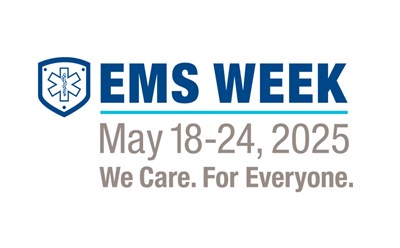WASHINGTON, D.C.—A new study seeks to improve the way emergency physicians handle interruptions in the emergency department. The Annals of Emergency Medicine study, Emergency Physician Use of Cognitive Strategies to Manage Interruptions, puts forward several tips physicians can use to limit the negative impact of disruptions on the job.
“In high-risk professions like emergency medicine, effectively managing interruptions can improve patient safety and reduce physician stress,” said Raj M. Ratwani, PhD, Acting Center Director and Scientific Director, MedStar Health National Center for Human Factors Engineering in Healthcare and study author. “Some interruptions need to be addressed immediately. However, there are instances when switching gears too quickly has repercussions.”
The physicians included in this analysis were interrupted 12.5 times per hour on average. The study suggests several ways to employ strategic pauses between tasks, when appropriate, to improve interruption management.
Prepare to resume. Pause for a few seconds to mentally rehearse the current task prior to interruption. This helps promptly resume the task at hand once the interruption has passed.
Create environmental cues. Use placeholders that serve as a reminder of where to resume work after an interruption. For example, place a mouse cursor where the work on a screen was last updated before shifting to another task.
Delay or reject interruptions. Take a moment to complete the current task, or work until you reach a good stopping point. For example, complete a medication order after entering dosage information rather than pausing in the middle.
An Agency for Healthcare Research and Quality (AHRQ)-funded study examined 18 emergency physicians over two hours in three shifts at facilities that typically receive 36,000 – 91,000 annual visits. Most interruptions were in-person (87.2 percent) from staff, including other physicians, residents, nurses and technicians. Other interruptions were phone calls (9.2 percent), patients (1.1 percent), or other (2.5 percent), which includes devices and pages.
Physicians were most frequently interrupted while working on a computer (44.5 percent), doing paperwork (20.6 percent), conversing with clinical staff (14.5 percent), multitasking on two or more tasks (14.3 percent), talking with patients (3 percent), taking phone calls (1.7 percent), or working on a device or other task (1.5 percent).
“Training and educating resident and attending physicians to better manage interruptions can improve work quality and patient care — and potentially save lives,” said Dr. Ratwani.
 American College of Emergency Physicians
American College of Emergency Physicians







